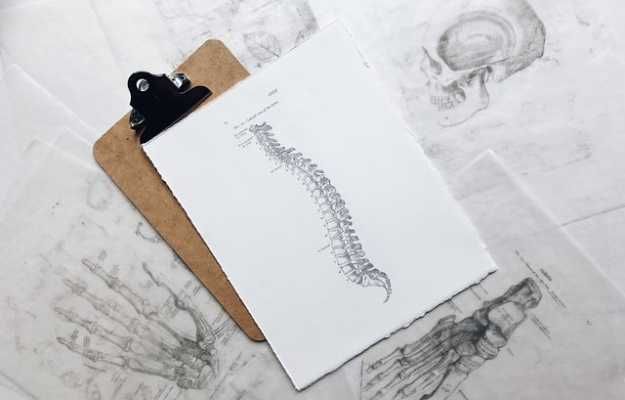The body has four basic types of tissues: epithelial, connective, muscular, and nervous. Connective tissues are present all over the body, in-between other tissues. They are a complex mixture of proteins and other substances that provide strength and elasticity to the underlying structures. Examples of connective tissues include cartilages, bone, ligaments, tendons, adipose (fat) tissues and many different types of fibrous and non-fibrous (even fluid) tissue.
Ehler-Danlos syndromes are a type of connective tissue disorder. A rare inherited disorder thought to be caused by mutations in the genes responsible for making collagen, Ehler-Danlos syndromes may manifest as overly flexible joints that are prone to dislocation and very stretchy, velvety skin that can scar prominently and heals poorly. Vascular Ehler-Danlos syndrome is considered the most severe form of this disease as it can affect the blood vessels, intestines and uterus.
In terms of the complications of the disease, people with this syndrome may develop early-onset arthritis. In people with the vascular form of this disease, the affected internal organs or blood vessels may rupture. Simple procedures like stitches for cuts may become difficult as they could tear and scar the fragile skin instead of promoting wound healing. Surgical interventions are also complicated by the fact that cuts and wounds may not heal properly.
Research has shown that the most common form of Ehler-Danlos syndrome, Ehlers-Danlos syndrome hypermobility type, is sometimes associated with rheumatological conditions like psoriasis, ankylosing spondylitis (marked by pain and stiffness in the spine), rheumatoid arthritis and fibromyalgia—any of these co-morbidity requires proper management to prevent joint pain, joint erosion and disability.
While there is no treatment for this syndrome, the symptoms can be managed. In cases where the joints have deteriorated—either because of recurrent dislocation or co-morbid rheumatological conditions—surgery may be possible in some patients to replace the joint.
Read on to know more about the symptoms, causes and management of Ehler-Danlos syndromes.










































